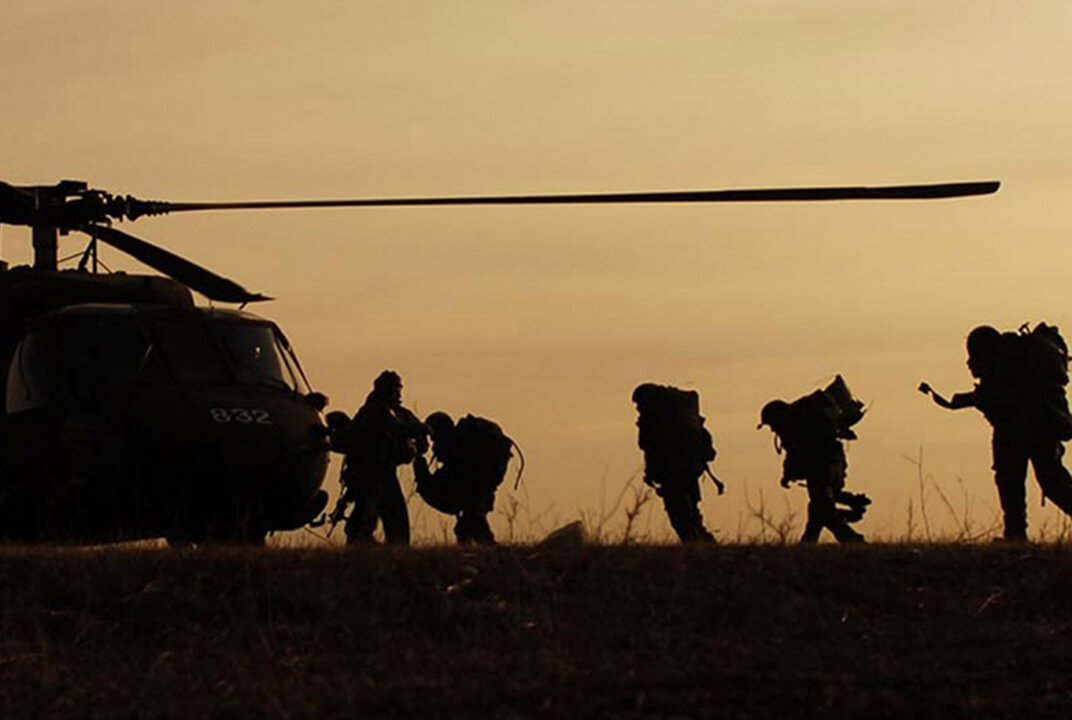Insight | The multi multi dilemma
The multi multi dilemma
null
Now more than ever governments and militaries are developing strategies and CONOPS for Multi Domain Operations and Multi Domain Integration.
Traditionally, military operations have been conducted in the Joint Environment with components from Land, Sea and Air. But as we move further into the 21st century, increasingly we see operations being conducted in the ‘new domains’ of space and cyber, working across other government agencies, nations and civilian organisations.
This step change has led to many nations, establishing dedicated commands and forces for space and cyber in response to the increasing significance of space in national security and prosperity. Further, NATO has named space as one of its top seven priorities for emerging and disruptive technologies (EDT). There is now a new expectation of cooperation and innovation within member countries to protect EDT investment.
The future battlespace is a complex place and is not bound by traditional boundaries and borders, more so when we consider ‘sub-threshold’ activities. This creates all sorts of challenges and dilemmas not least of which is how to connect a multi-dimensional environment with multi-network requirements.
In a dynamic battlefield mobility will be key. Not just in terms of enabling fire and movement (manoeuvre), but, from a connectivity perspective, the ability to enable C2 and disseminate ISR product effectively. This ability of transferring information from anywhere in the world, without necessarily knowing in advance where you are going to be, will likely decide the winner of the information battle.
Information manoeuvre is now more than ever a constituent part of Theatre Enablement. Key to synchronising the information capabilities of manoeuvre is having access to multiple bearers and networks that can provide ‘reach’ from the tactical edge to the strategic HQs.
Reach requires agility
Not just to satisfy PACE (primary, alternate, contingency, emergency), but also to support the multitude of applications that will have varying network needs in terms latency, bandwidth, mobility, assurance. Reach will require over the horizon connectivity; SATCOM will be a necessity and serves to highlight the importance of maintaining freedom of action in the space domain.
It is no surprise then, that commanders are increasingly having conversations around multi-orbit and multi-band needs. No one orbit or band can be all things to all users in all domains.
Consideration also needs to be given to the ground network. Where is the traffic landed? Is there resilience? Does the user have agility within the ground network to adapt? Non-geostationary satellite orbit (NGSO) constellations may only be able to land traffic in field of view if they have inter-satellite connectivity; but what impact does that have on the latency, is there still an advantage?
If the user has multi-network operators providing GEO and NGSO services, does this increase the number of threat vectors and how easily can the user integrate these networks? Does the user understand who owns and operates all the constituent parts of the network(s) and know what the specific security vulnerabilities are?
Turning the multi domain dilemma into success
In a multi-domain environment, with multi-application requirements, and multi-orbit and multi-band networks to choose from, how does the user ensure success?
The answer is of course not straightforward and requires multi-layered consideration. Some applications, for example those delivering targeting and acquisition data, may be very sensitive to latency. Ideally the user may want to disseminate this data over a terrestrial network, with alternate routing over NGSO. Contingency over GEO may be an option if latency is within acceptable limits, but if not, this traffic must not be routed that way. What rules and tools are needed to ensure that doesn’t happen? Does the user understand the onward terrestrial routing?
Large data transfers, containing ISR information, could be routed over GEO but perhaps should not route over NGSO networks, to reserve that capacity for applications that need a lower latency bearer. This is not easy to manage across physically separate network architectures.
In the commercial world, we see hotspots and choke points in high density areas such as shipping lanes and airports. In the military domain we see them on main supply routes and large headquarters. A multi layered approach to servicing these hotspots provides resilience in the bearer network and reduces the traffic density on a single bearer.
At a more physical level, how is an Air ISR asset operating on a GEO Mil Ka network connected to the amphibious landing craft with Ku NGSO, offloading dismounted soldiers with L-band GEO?
- Multi-domain
- Multi-orbit
- Multi-band
Inmarsat believes that the solution to this multi multi dilemma is ORCHESTRA.
ORCHESTRA will deliver a multi-orbit, multi-band network that includes terrestrial mesh 5G. ORCHESTRA will present users with a single network interface, with multi-bearer resilience built in. Because it is a single network, users will have more control and choice as to how their data is routed.
Inmarsat ORCHESTRA will be the first of its kind. A unique, global, multi-dimensional, dynamic mesh network that will redefine connectivity at scale with the highest capacity for mobility worldwide and at hot spots, as well as the fastest average speeds and the lowest average latency of any network, planned or in existence.
In the largest ever transformation of Inmarsat’s market-leading services, ORCHESTRA will be a seamless configuration of our ELERA (L-band) and Global Xpress (Ka-band) networks with terrestrial 5G, targeted low Earth orbit (LEO) capacity, and dynamic mesh technologies, to create a single advanced solution for global mobility.
The appearance of U.S. Department of Defense (DoD) visual information does not imply or constitute DoD endorsement.


